SMDOT/Contemporary Art è felice di ospitare la prima personale a Udine di Agata Treccani intitolata “Forgive Yourself _ Tribe”, una riflessione, sia nel senso scientifico, fisico, che in quello figurativo, intorno allo sguardo, al modo di guardare e guardarsi, e quindi del prendersi cura da parte dei nativi digitali, molto spesso indicati come generazione Z, nati tra il 1997 e il 2012. Agata è una di loro, molto vicina a loro, essendo nata nel 1995 e nello stesso tempo sufficientemente distante per osservare i lori gesti, comportamenti. Non è una mostra generazionale, ma probabilmente è una mostra intergenerazionale grazie alla parola perdono che è stata inserita nel titolo e che in qualche modo prova ad orientarci o a disorientarci in cerca di nuovi orizzonti.
Perdono è una parola, un verbo, un’azione performativa. Porta con sé un movimento, un movimento impossibile, ma necessario.
Il titolo inglese contiene in un’unica espressione la declinazione singolare e plurale, “perdonati” e “perdonatevi”, la seconda persona singolare e la seconda persona plurale. Non c’è punteggiatura ad aiutarci, possiamo pensare ad una esclamazione, ad un’incitazione, una richiesta, ad uno slogan pubblicitario oppure ad una riflessione. Una riflessione con sé stessi, davanti ad uno specchio, uno schermo, una riflessione senza immagine, immaginando, pensando, un’immagine. L’io, il noi, che chiede di perdonarsi. Una richiesta di perdono che si fa all’altro, agli altri, che sono io e noi. Una richiesta di per-dono, per un evento passato, per aver tradito con un’azione, con un pensiero, qualcuno, qualcosa, provocando dolore, dispiacere. Si domanda un dono per un male provocato.
Scrivere, in qualche modo, significa chiedere perdono per il tempo, per l’attenzione richiesta a chi legge, per un’idea, per un’affermazione, per un’azione passata. Significa chiedere il dono dell’attenzione all’altro, ma anche a sé stessi. Forse il linguaggio parlato e scritto rende impossibile la richiesta di per-dono, il dono di dimenticare il passato, il torto, il dolore subito, ma il suo tentativo, il suo movimento nel chiedere, nel provarci, crea le condizioni per ospitare questa impossibilità. Il lavoro di Agata va oltre questa soglia di impossibilità grazie alla creazione di immagini che si riconoscono, si autodefiniscono, che raccontano, che chiedono perdono, che chiedono di perdonarsi e perdonarci.
Poco meno di mille anni dopo le Metamorfosi di Ovidio, Leon Battista Alberti scrisse che era solito affermare, almeno tra i suoi amici e parenti, che in verità Narciso dev’essere considerato l’inventore della pittura, e non solo perché la pittura è da considerarsi il fiore delle arti, ma perché la sua triste storia è singolarmente adatta ad esprimere la sostanza stessa del dipingere: “Che altro è dipingere, se non appunto abbracciare le superficie di quella fonte?”
Ritornare oggi su questo mito, sul quale è stato scritto tantissimo, ci consente di liberare alcune sue potenzialità non solo riguardo alle origini della pittura, quanto ai sui esiti estremi che oggi sperimentiamo sotto forma di ambienti virtuali immersivi. Ambienti dove oggi la trasgressione dei confini tra realtà e rappresentazione è la metafora dell’induzione virtuale delle passioni, attraverso le forme della riflessività e della visualità.
I lavori in mostra di Agata si muovono all’interno di queste riflessività mostrando i condizionamenti inferti dai nuovi media, dove il giovane Narciso di Ovidio e il Narciso contemporaneo si fanno condizionare, narcotizzare, intorpidire da un’immagine riflessa, nel primo caso nell’acqua di una fonte, nel secondo caso in uno schermo subendo, entrambi, il fascino di un’estensione di sé in un materiale diverso da quello stesso di cui sono fatti. Narciso plural è il potenziamento del Narciso ingenuo o di quello consapevole che in questi duemila anni di storia si sono avvicendati nelle tante interpretazioni del mito ovidiano. Un Narciso nativo digitale, cittadino di un’epoca nella quale sussiste la più imponente intensificazione dei fenomeni legati alla digitalizzazione e alla comunicazione tecnologica, dove la visione ha preso il sopravvento sulla profondità, sulla intensità. L’eccesso della produzione di immagini ha generato una saturazione dell’ambiente visivo con la conseguente perdita dell’individuazione della cornice e del relativo valore simbolico.
Agata concentra la sua ricerca su questa “miseria simbolica”, individuando e rappresentando la tribù che si riconosce in gesti, immagini, superfici, linguaggi, condivisi e riconosciuti, scuotendola, portandola fuori dal suo stato narcolettico, usando tutti gli strumenti contemporanei a disposizione, senza mescolarli, rispettando le loro caratteristiche specifiche, ma nello stesso tempo creando degli scarti estetici e concettuali.
Video, comunicazione pubblicitaria, moda, installazione, editoria, realtà aumentata, pittura si alternano, ogni oggetto, ogni lavoro d’arte esposto in galleria mantiene la sua identità, ma si riflette nell’altro riconoscendosi, e invitando il guardante a riflettere a partecipare a questo flusso, movimento di immagini e pensiero.
La pittura abbraccia la fonte, diceva Leon Battista Alberti, i lavori di Agata abbracciano la tribù, scuotono il corpo dall’intorpidimento, domandano con intensità perdono, un perdono che ha come obiettivo l’essere giusti, sapendo di accogliere l’impossibile, l’imperdonabile, per questo meritano un grazie.
Perdono, grazie.
Stefano Monti
SMDOT/Contemporary Art is delighted to present “Forgive Yourself _ Tribe” the first solo show in Udine by Agata Treccani. The exhibition is a scientific, physical and figurative reflection on the gaze, the way we see and the way we look at ourselves. It considers the nature of care as it is expressed by digital natives, those born between 1997 and 2012 and often referred to as generation Z. Agata belongs to this generation, or very close to them: born in 1995 she is also distant enough to observe their actions and behaviours. This is not a generational exhibition, but it might just be an intergenerational exhibition thanks to the word ‘forgive’ contained in the title, attempting somehow to give us our bearings or makes us loose them as we seek new horizons.
Forgive is a word, a verb, a performative action. It implies movement, a movement that is impossible, but necessary nevertheless.
The English title contains the singular expression, “forgive yourself”. There is no punctuation to help us, we can think of an exclamation, an incitement, a request, an advertising slogan or a reflection. A moment of reflection on our own, in front of a mirror, a screen, a reflection without an image, imagining, thinking, an image. The I, the we, who asks to forgive oneself. A request for forgiveness that is made to the other, to others, to me, to us. A request to for-give, for a past event, for having betrayed someone or something with a thought or a deed, causing pain, sorrow. To (for) give in return for the sorrow caused. Writing, in some way, means asking forgiveness for time, for the attention required of the reader, for an idea, for a statement, for a past action. It means asking for the gift of attention from the other, but also of oneself. Perhaps spoken and written language makes it impossible to ask to for-give, to give in and forget the past, the wrong, the pain suffered. However, the attempt, the movement in asking, in trying, creates the conditions to accommodate this impossibility. Agata’s work goes beyond this threshold of impossibility, thanks to the creation of images that recognise themselves, define themselves, that tell a story, that ask for forgiveness, that ask to forgive and forgive us.
Just short of a thousand years after Ovid’s Metamorphoses, Leon Battista Alberti wrote that he often claimed with his friends and relatives that Narcissus should be considered the inventor of painting, not only because painting is to be considered the flower of all arts, but because his sad story is particularly suited for expressing the very substance of painting: “What is painting but the act of embracing by means of art the surface of a pool?”
Looking back to this myth, about which so much has been written, allows us to unleash some of its potential, not only with regard to the origins of painting, but also with regard to its extreme outcomes, those we are experiencing today in the form of immersive virtual environments. In these environments the transgression of boundaries between reality and representation is the metaphor of the virtual eliciting of passions, through the forms of reflectivity and visuality. Agata’s works in the exhibition operate within this reflectivity, showing the conditioning inflicted by new media. Ovid’s young Narcissus and the contemporary Narcissus are both conditioned, narcotised, and numbed by a reflected image: the former by the water of a pool, the latter by a screen. Both subjugated by the charm of an extension of themselves in a different material from the one they are made of. Narciso Plural is the enhancement of the naive Narcissus and the aware Narcissus, appearing alternatively in the many interpretations of Ovid’s myth in the two thousand years since it was written. It is a digital native Narcissus, inhabiting an era in which the phenomena related to digitisation and technological communication are massively intensified, where vision is more important than profundity and intensity. The excessive production of images has generated a saturation of the visual environment with the consequent loss of the identification of the frame and its symbolic value. Agata focuses her research on this “symbolic paucity”, identifying and representing the tribe that sees itself reflected in gestures, images, surfaces, languages, shared and recognized. She shakes it awake from its narcotic state, using all the contemporary tools available, without mixing them, respecting their specific characteristics, but at the same time creating aesthetic and conceptual shifts. Video, advertising communication, fashion, installation, publishing, augmented reality and painting stand side by side: each object, each work of art exhibited in the gallery retains its identity, but is reflected and recognises itself in the other, inviting the viewer to reflect and participate in this flow, this movement of images and thought.
Leon Battista Alberti said that painting embraces the pool, Agata’s works embrace the tribe, shaking the body from numbness, intensely asking for forgiveness, a forgiveness whose goal is being just, knowing it is embracing the impossible, the unforgivable, and for this they deserve gratitude.
Forgive, thank you.
Stefano Monti
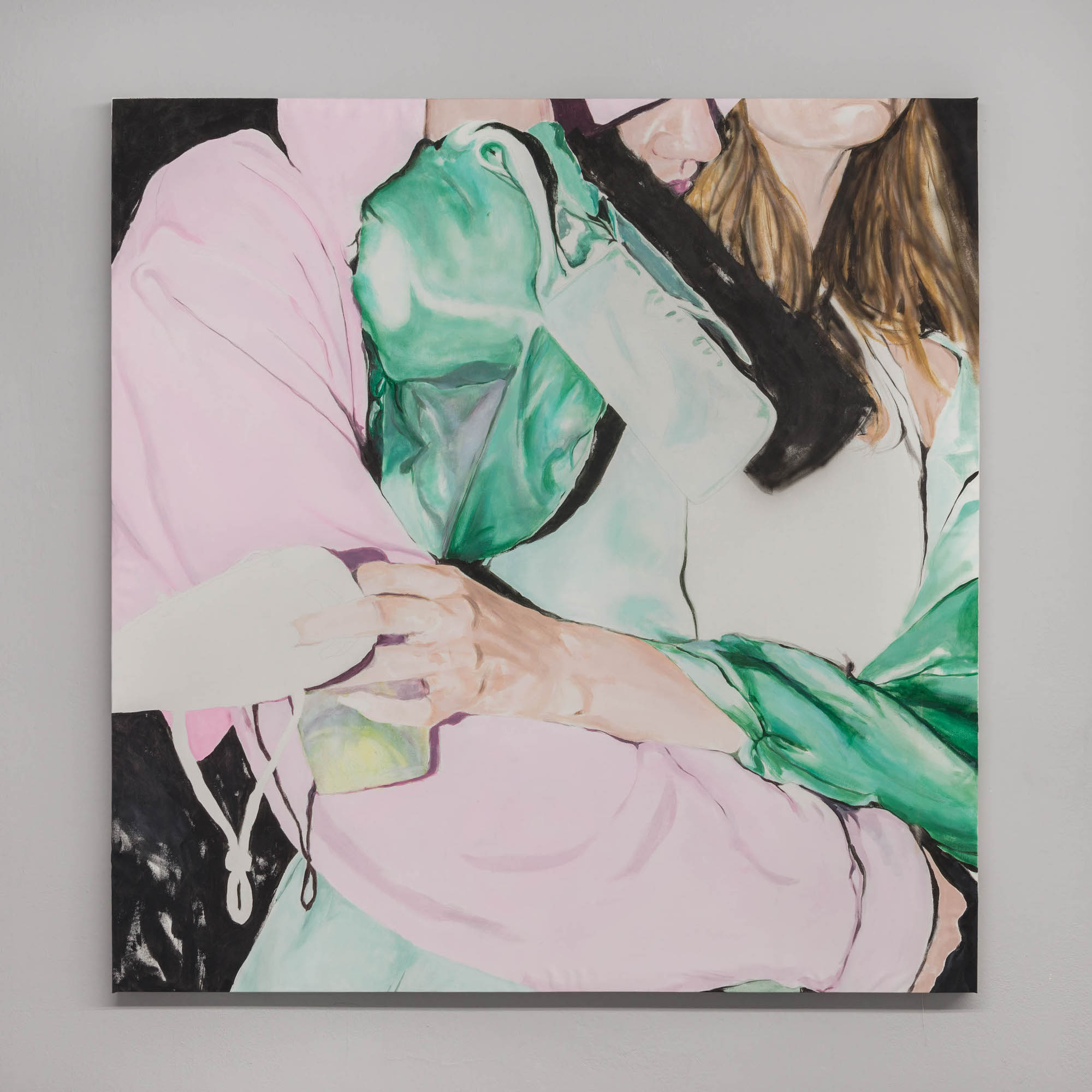
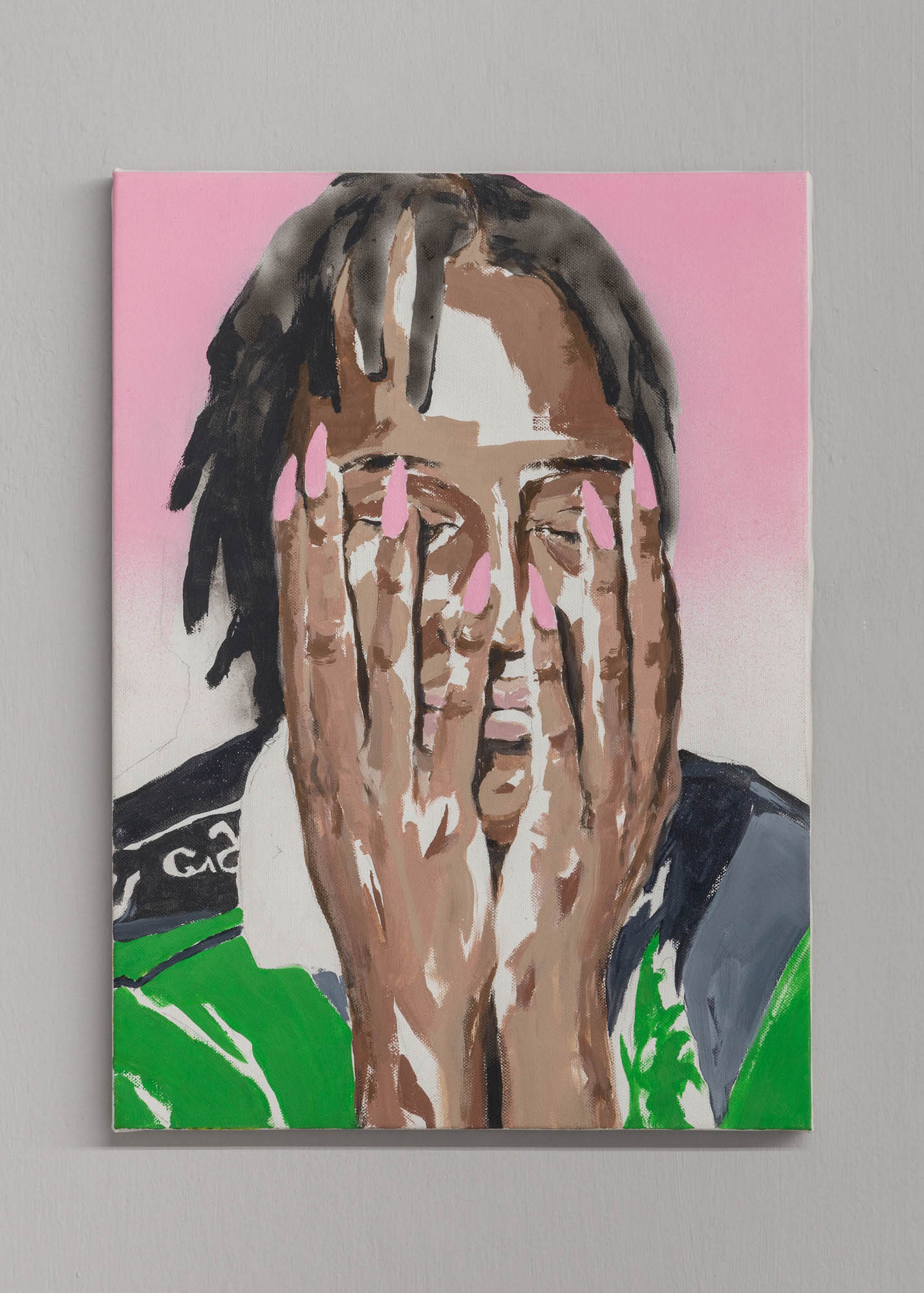
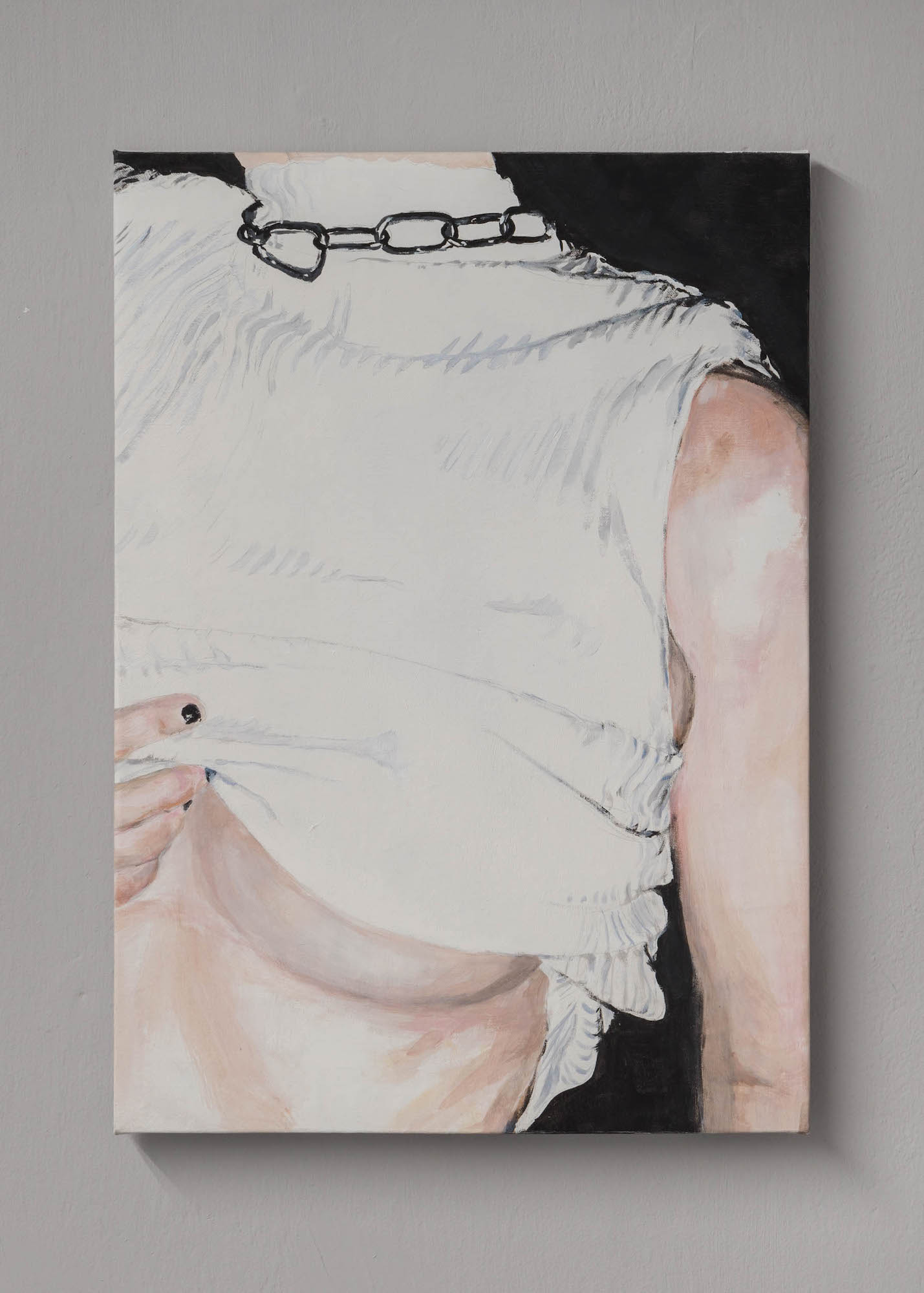
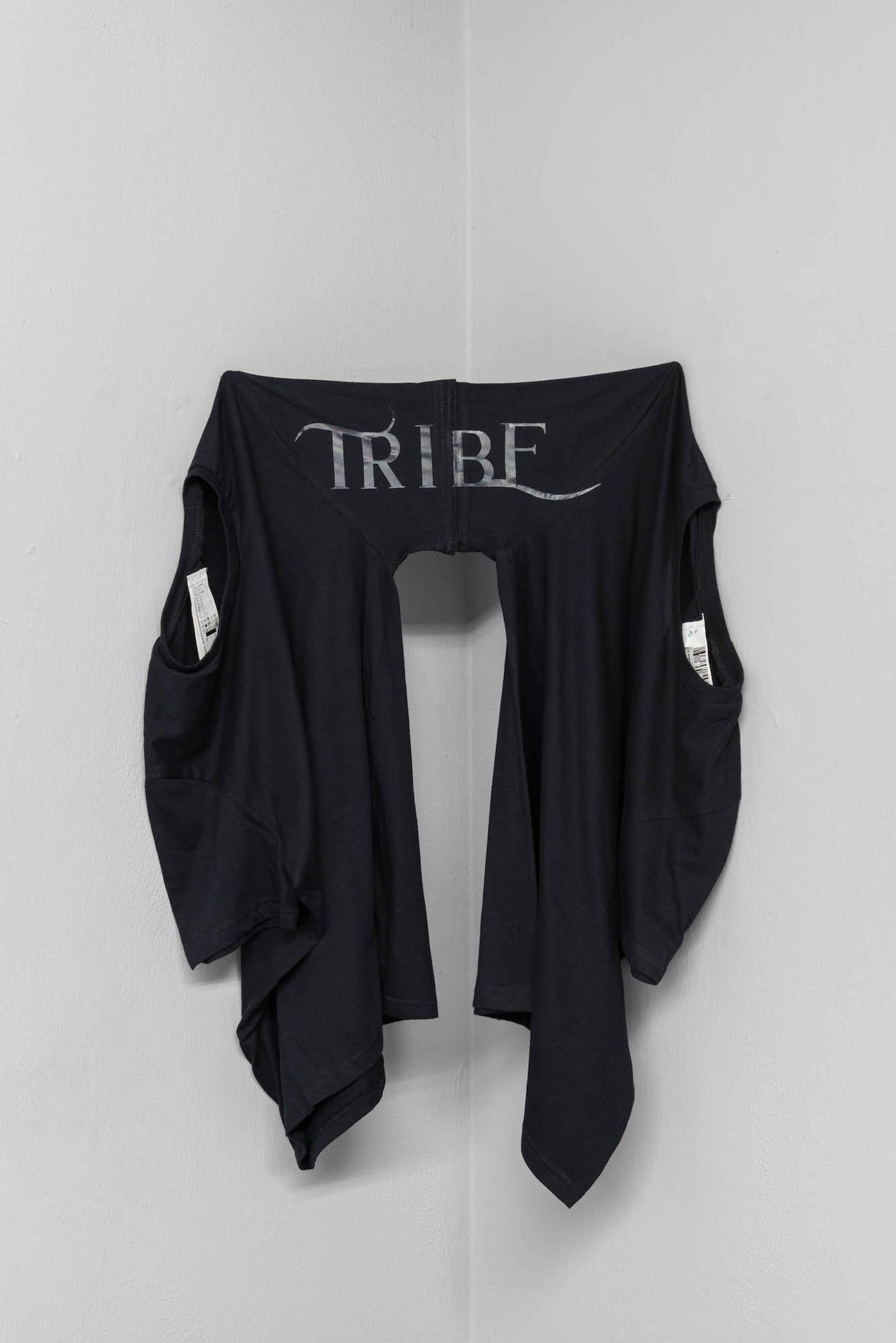
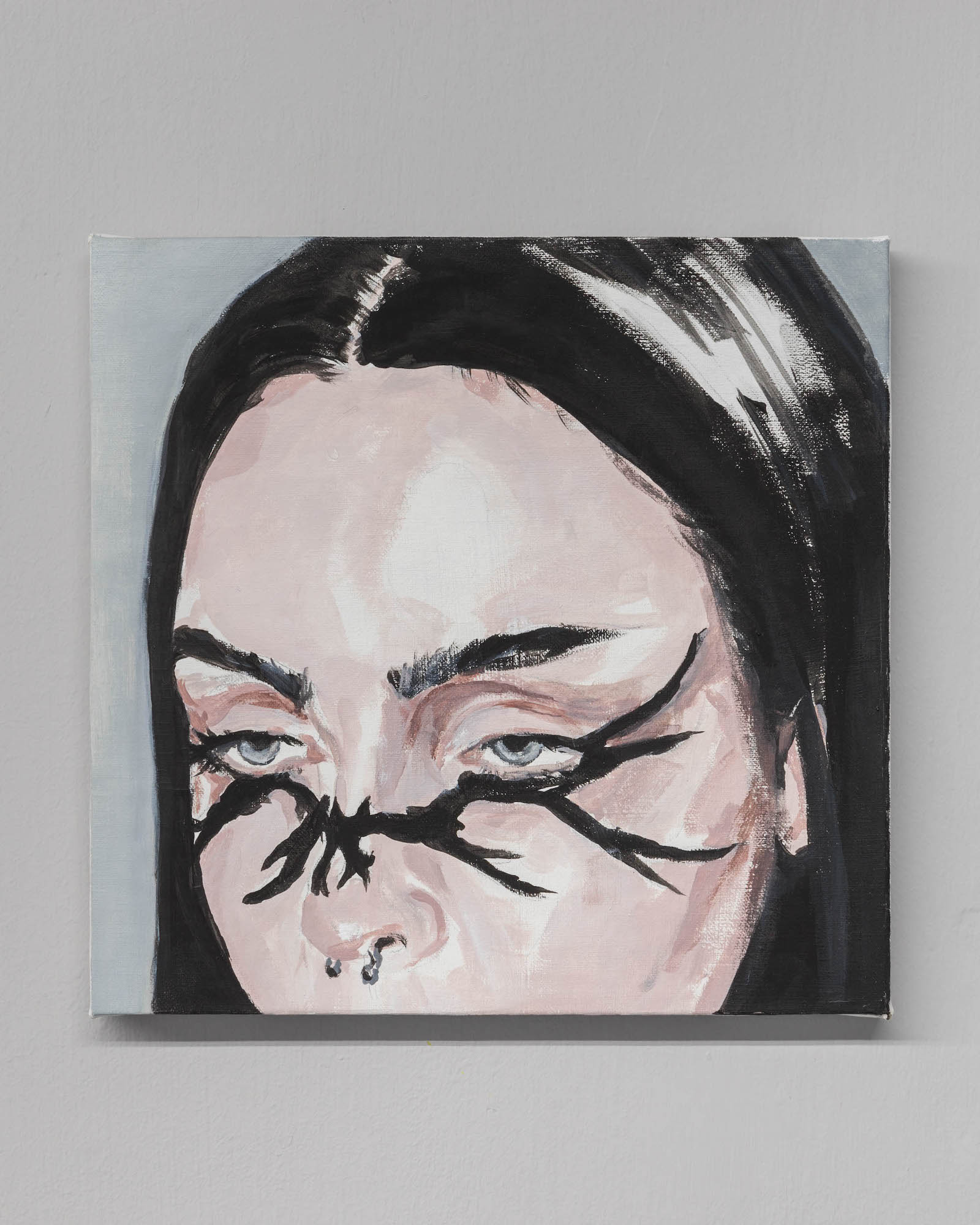
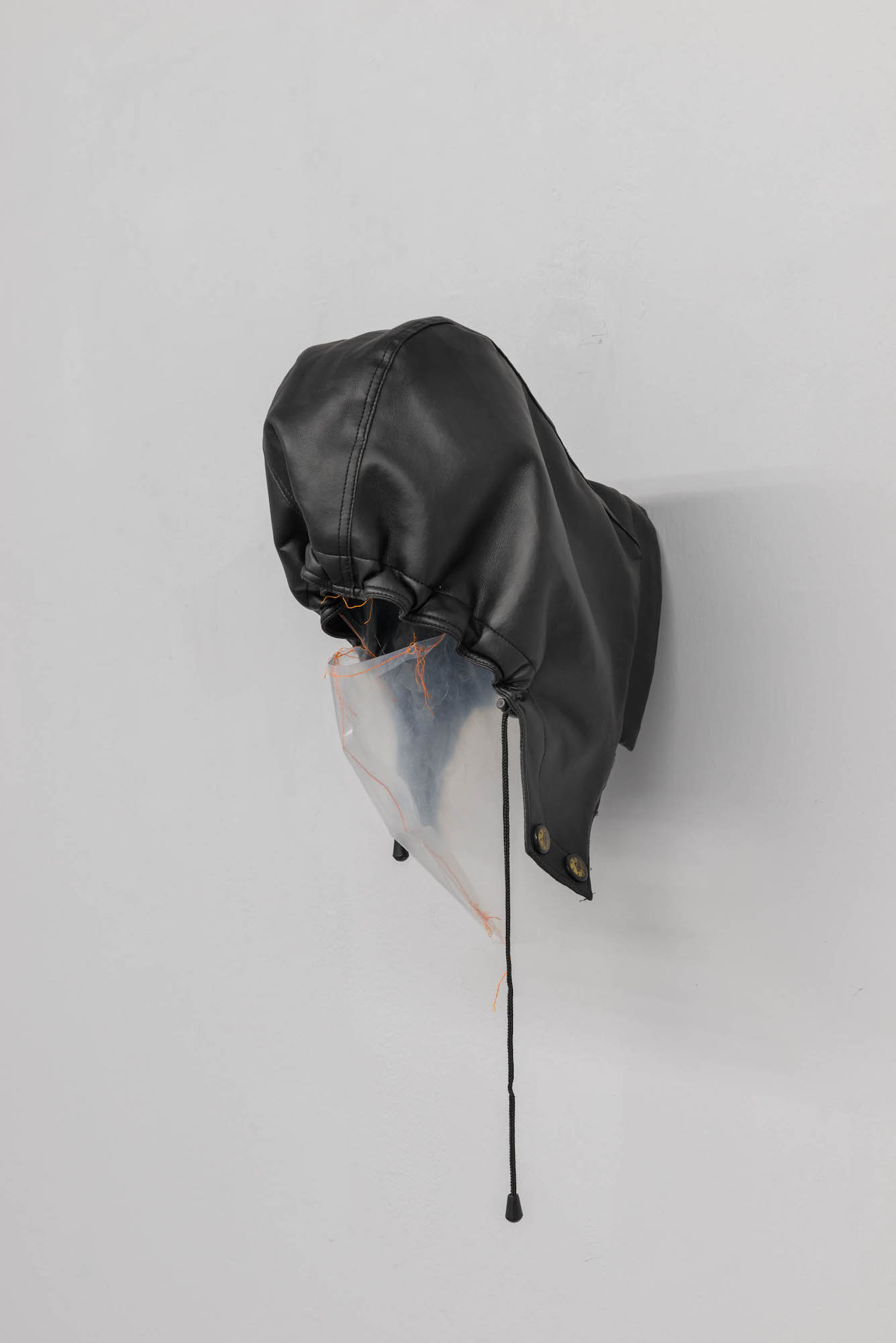
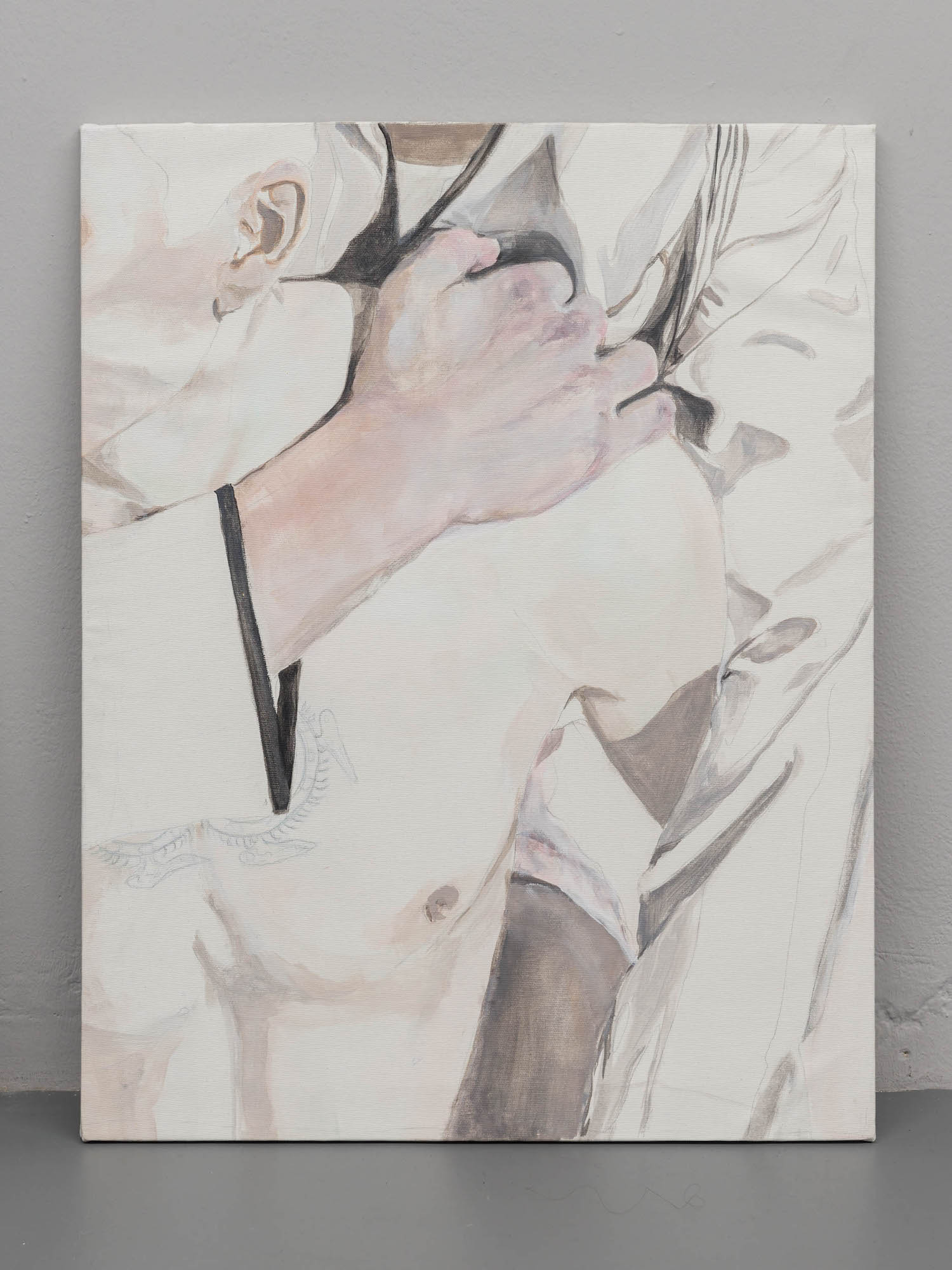
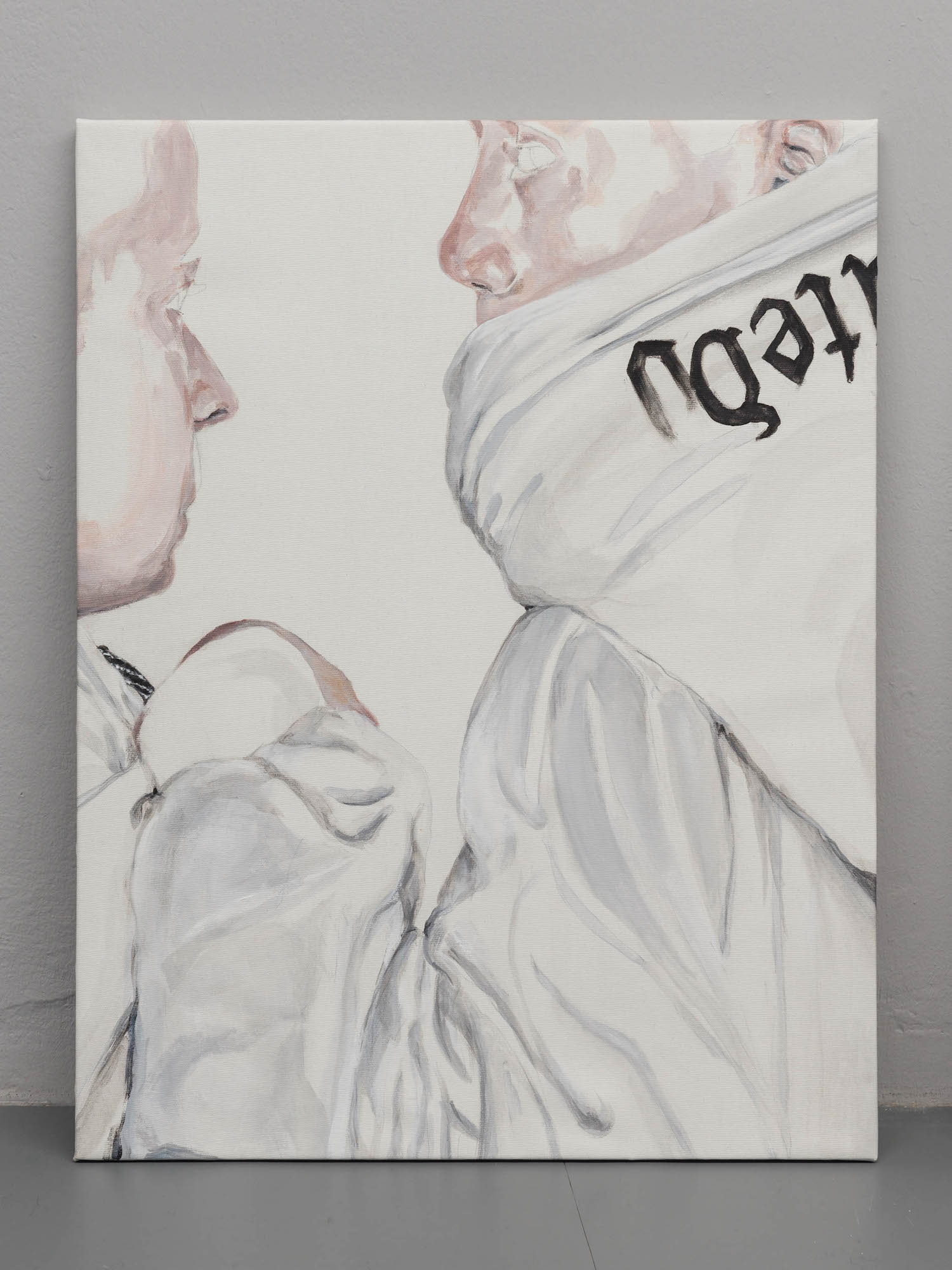
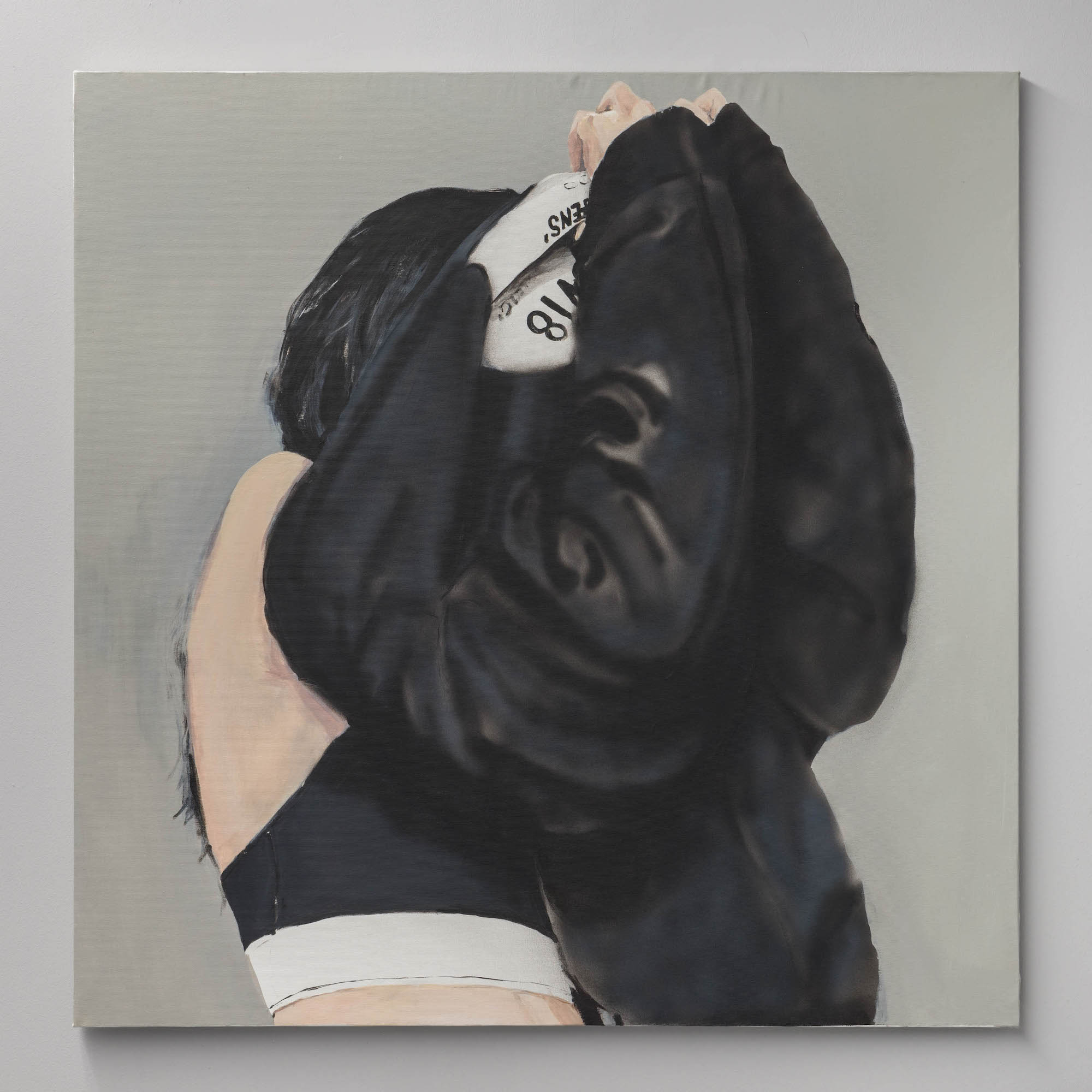
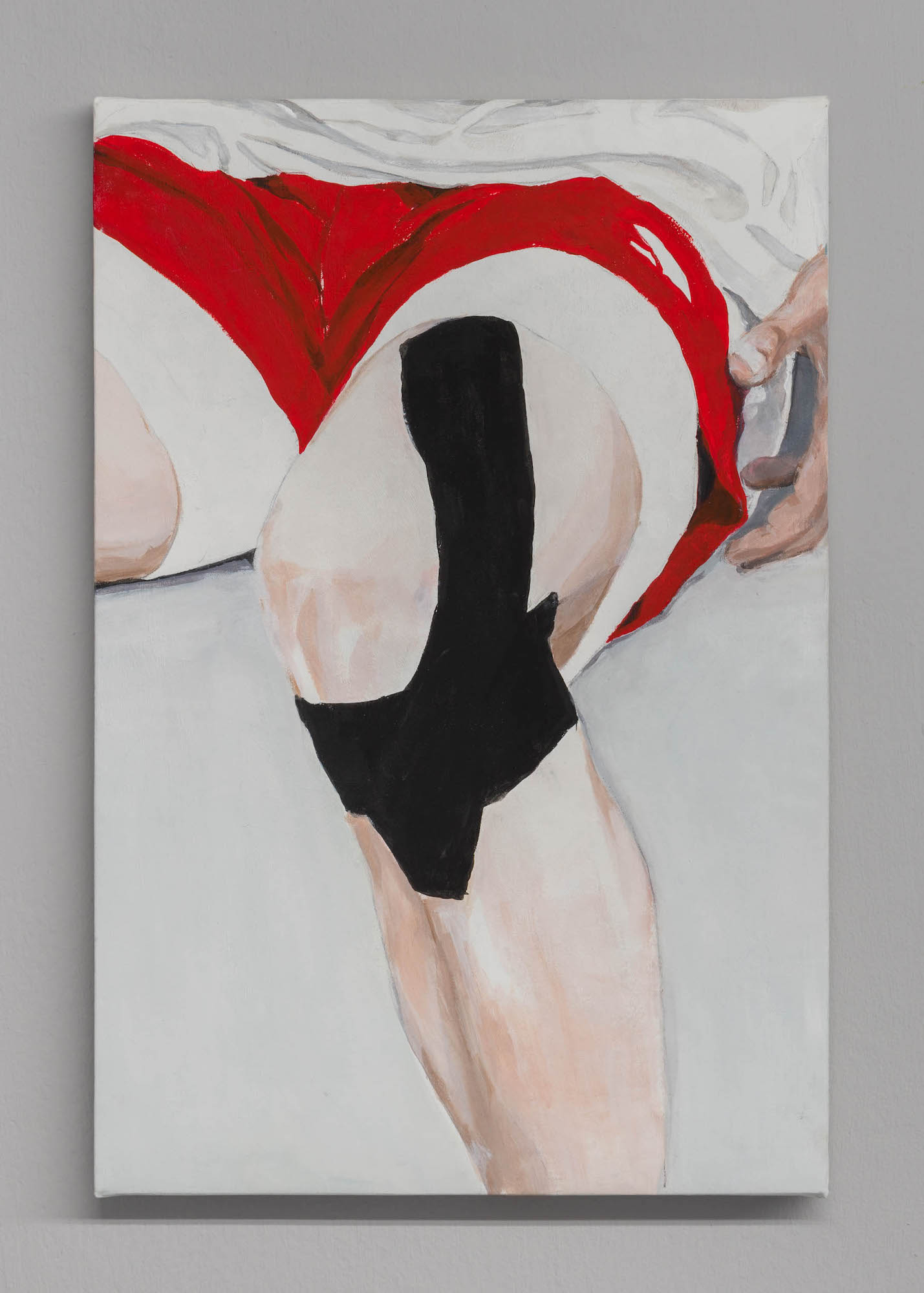
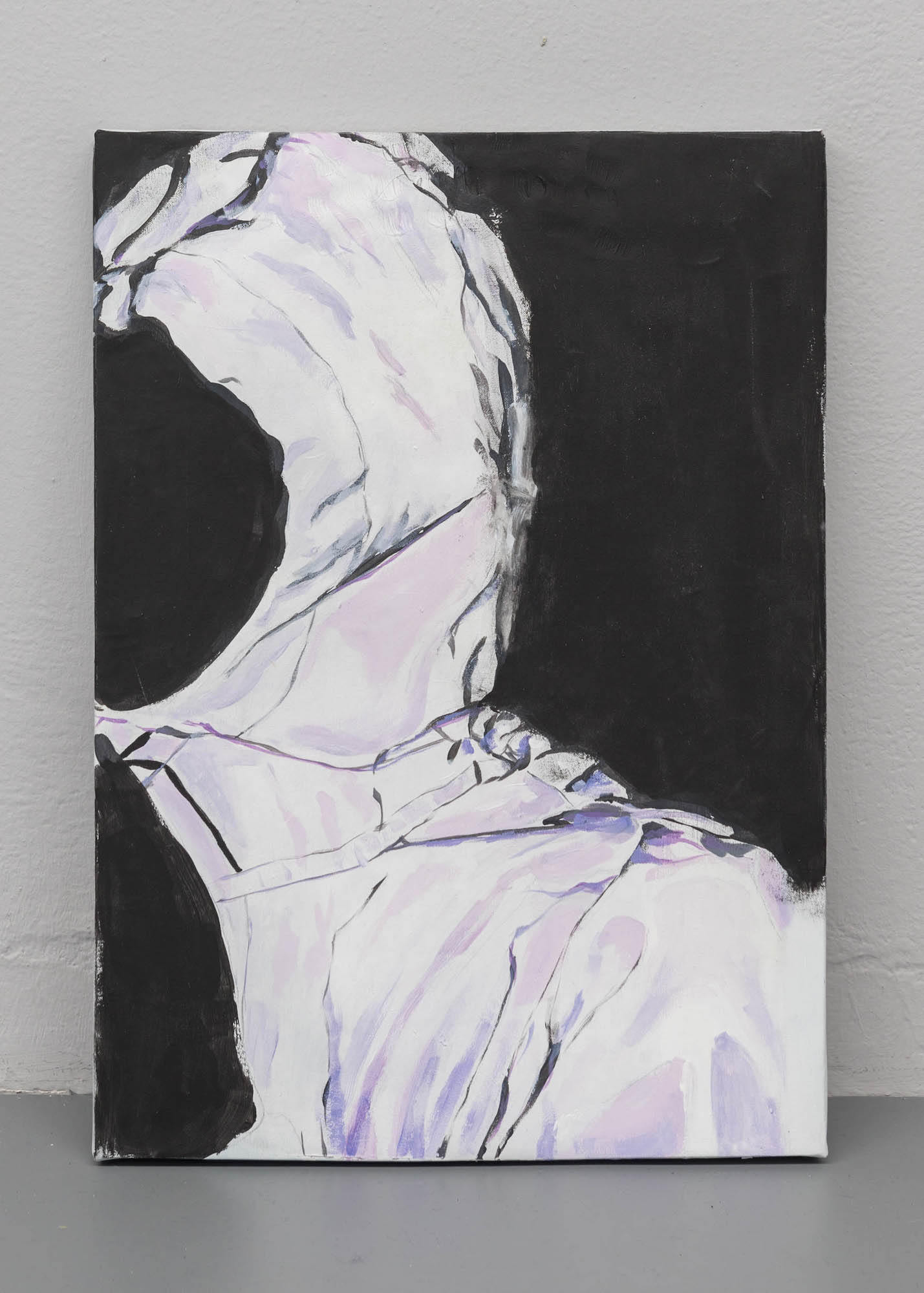
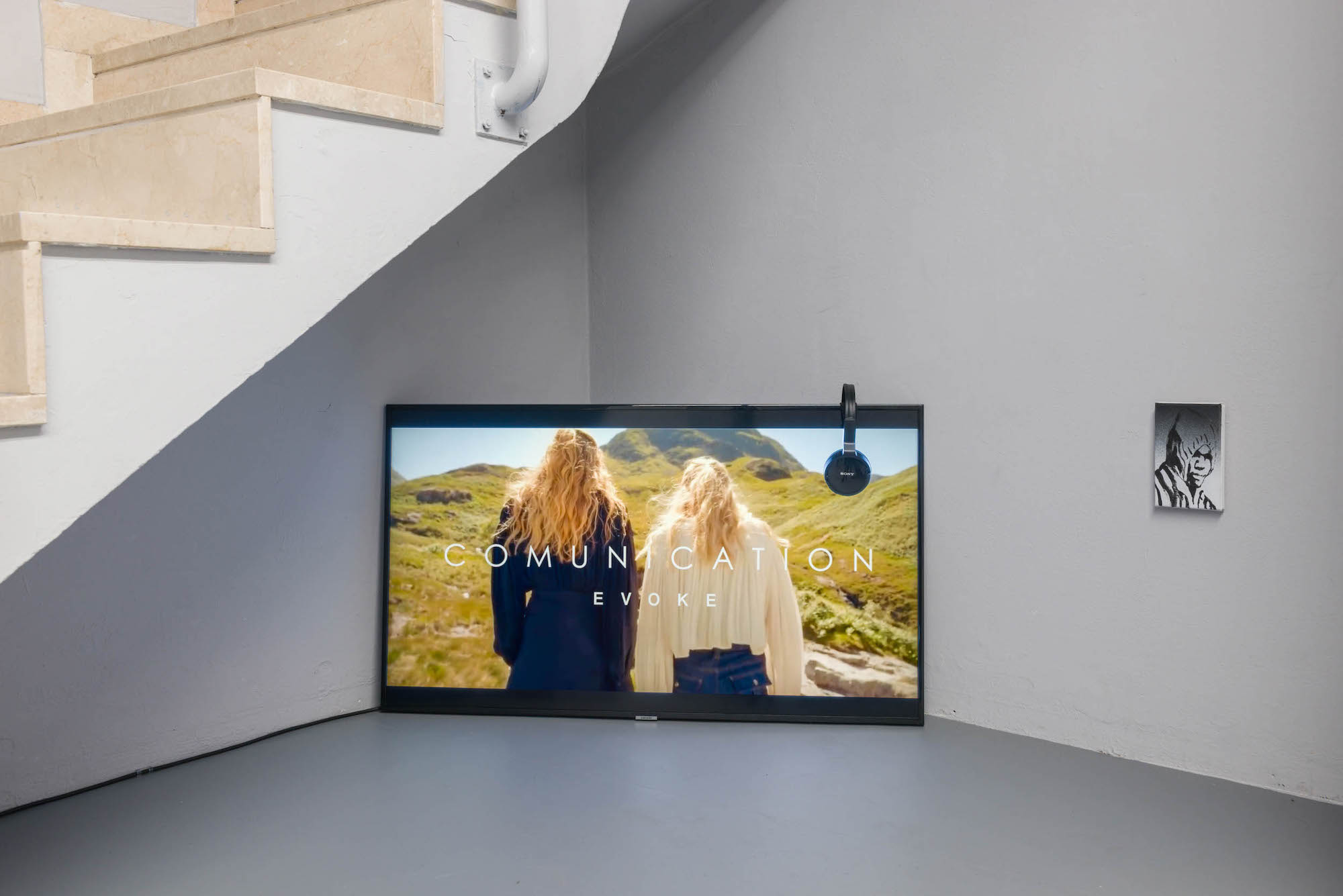
For all SMDOT/contemporary art exhibitions, a playlist will be created by Steve Nardini, the heart and soul of KOBO SHOP and a great musical expert. The following songs and artists have been selected for Agata Treccani and her solo exhibition "Forgive Yourself _ Tribe”